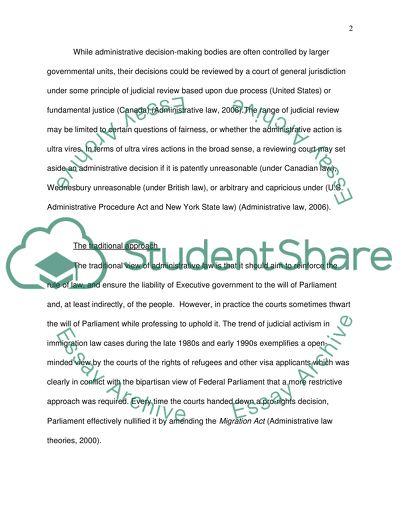Cite this document
(“Administrative law theories Essay Example | Topics and Well Written Essays - 1500 words”, n.d.)
Retrieved from https://studentshare.org/law/1533012-administrative-law-phd-essay
Retrieved from https://studentshare.org/law/1533012-administrative-law-phd-essay
(Administrative Law Theories Essay Example | Topics and Well Written Essays - 1500 Words)
https://studentshare.org/law/1533012-administrative-law-phd-essay.
https://studentshare.org/law/1533012-administrative-law-phd-essay.
“Administrative Law Theories Essay Example | Topics and Well Written Essays - 1500 Words”, n.d. https://studentshare.org/law/1533012-administrative-law-phd-essay.


